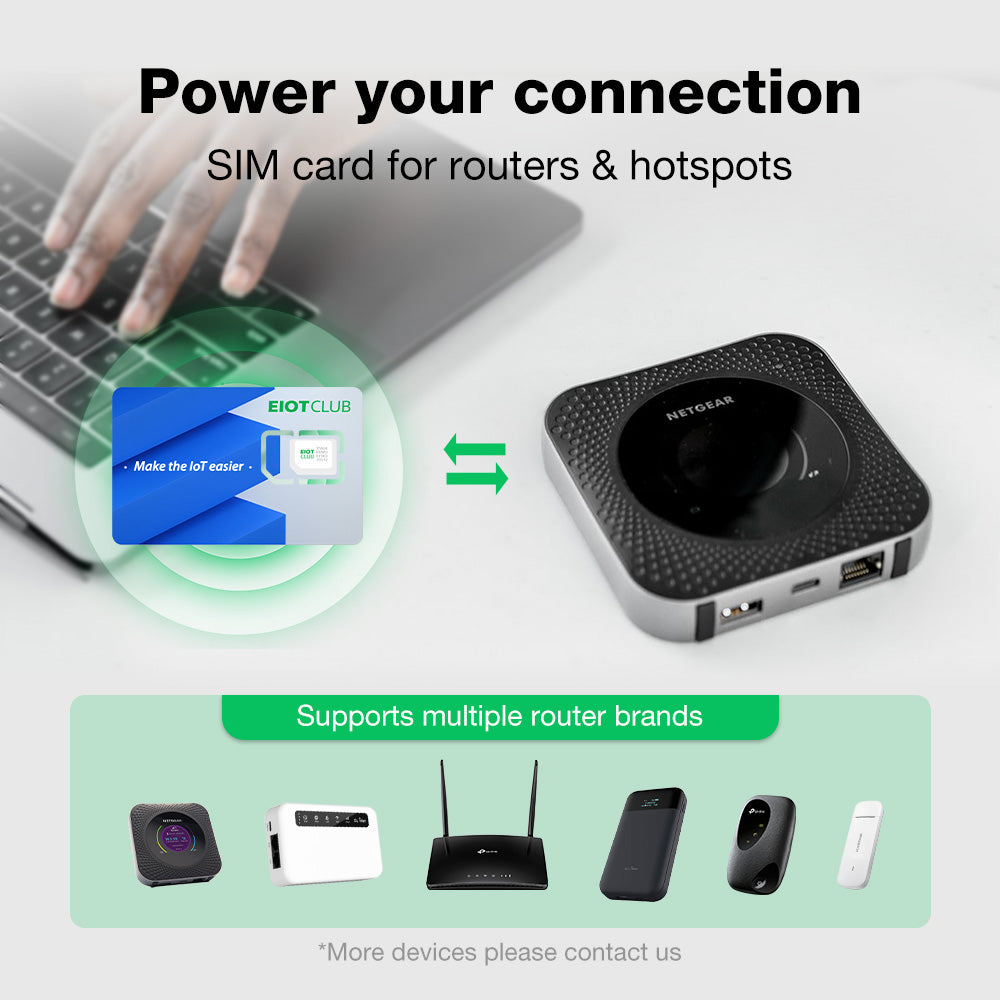Unlock the Secrets: How a SIM Card Can Revolutionize Your Home Internet Experience!
In today's digital age, reliable internet connectivity is essential for both work and leisure. As we transition into a world that increasingly relies on online communication and streaming, the demand for flexible internet solutions has surged. Enter the concept of SIM card home internet, a growing trend that offers an innovative alternative to traditional broadband services. A SIM card, typically associated with mobile phones, can also facilitate high-speed internet access in your home. This article aims to explore the myriad ways a SIM card can enhance your home internet experience, providing insights into its functionality, benefits, setup process, potential drawbacks, and future trends.

Understanding SIM Card Home Internet
A SIM card, or Subscriber Identity Module, is a small card inserted into devices to provide them with a unique identity on a mobile network. In the context of home internet, a SIM card connects your router or mobile hotspot to a cellular network, enabling internet access without the need for fixed lines. This technology works through mobile data transmission, utilizing 3G, 4G, or even 5G networks, depending on the capabilities of your service provider and equipment. Different types of SIM cards are available for home internet use, including standard SIMs for tablets, mobile hotspots, and routers designed specifically for home connectivity. Understanding how these cards function is crucial for maximizing their potential in providing reliable internet service.
Benefits of Using a SIM Card for Home Internet
One of the most significant advantages of SIM card home internet is its unmatched flexibility. Unlike traditional broadband, which often requires long-term contracts and installation appointments, SIM card internet can be set up in minutes. This is particularly beneficial for renters or those who frequently move, as it allows for easy relocation of internet service without the hassle of reinstallation. Additionally, SIM card internet is highly portable. You can take your connection with you, whether you're traveling or simply moving around your home. Cost-effectiveness is another appealing feature; many service providers offer competitive pay-as-you-go plans that can cater to light users, making it a great option for those who don’t require unlimited data. Furthermore, the ability to choose from various plans allows users to tailor their internet experience according to their unique needs.
How to Set Up SIM Card Home Internet
Setting up SIM card home internet is a straightforward process. First, you need to select a suitable SIM plan based on your expected data usage and budget. Many providers offer different tiers, so it's essential to choose one that aligns with your internet habits. Once you've secured your SIM card, insert it into a compatible device, such as a mobile hotspot or a router designed for SIM cards. After inserting the SIM, you'll need to configure the device's internet settings, which typically involves connecting to the device's admin portal via a web browser and entering the necessary APN (Access Point Name) settings provided by your service provider. This setup process can usually be completed in just a few minutes, allowing you to enjoy internet access almost immediately.
Potential Drawbacks and Considerations
While SIM card home internet offers many benefits, it also comes with challenges that users should consider. One of the most notable drawbacks is data limits. Depending on your plan, you might face restrictions that could affect heavy usage, such as video streaming or online gaming. Additionally, coverage can vary significantly based on your location; if you live in a rural area, you may encounter slower speeds or connectivity issues. Speed variability is another concern; during peak usage times, you may experience slower internet speeds compared to traditional broadband. To mitigate these challenges, it’s crucial to research coverage maps and read user reviews of your chosen provider. Opting for unlimited data plans, if available, can also help ensure you won’t be caught off guard by limitations.
Future Trends in SIM Card Home Internet
The future of SIM card home internet is poised for exciting developments, particularly with the rollout of 5G technology. This advancement promises significantly faster speeds, lower latency, and improved reliability, which could transform the home internet landscape. As 5G networks become more prevalent, they will enhance user experiences, making it feasible to stream high-definition content, engage in online gaming, and work remotely without the frustrations of lag or buffering. Additionally, the rise of IoT (Internet of Things) devices will create a demand for robust and flexible internet solutions. SIM card home internet is likely to evolve to meet these needs, offering innovative plans and devices that cater to the increasingly connected lifestyles of modern households.
Transforming Home Connectivity
In summary, SIM card home internet presents a transformative solution for modern households seeking flexible, portable, and cost-effective internet options. With its ease of setup and the growing array of plans available, it caters to a diverse range of user needs and living situations. While users should remain aware of potential drawbacks such as data limits and coverage issues, the benefits often outweigh these concerns, especially with the forthcoming advancements in technology. As we move towards a more connected future, considering SIM card internet for home connectivity could very well be a decision that enhances your digital lifestyle.








